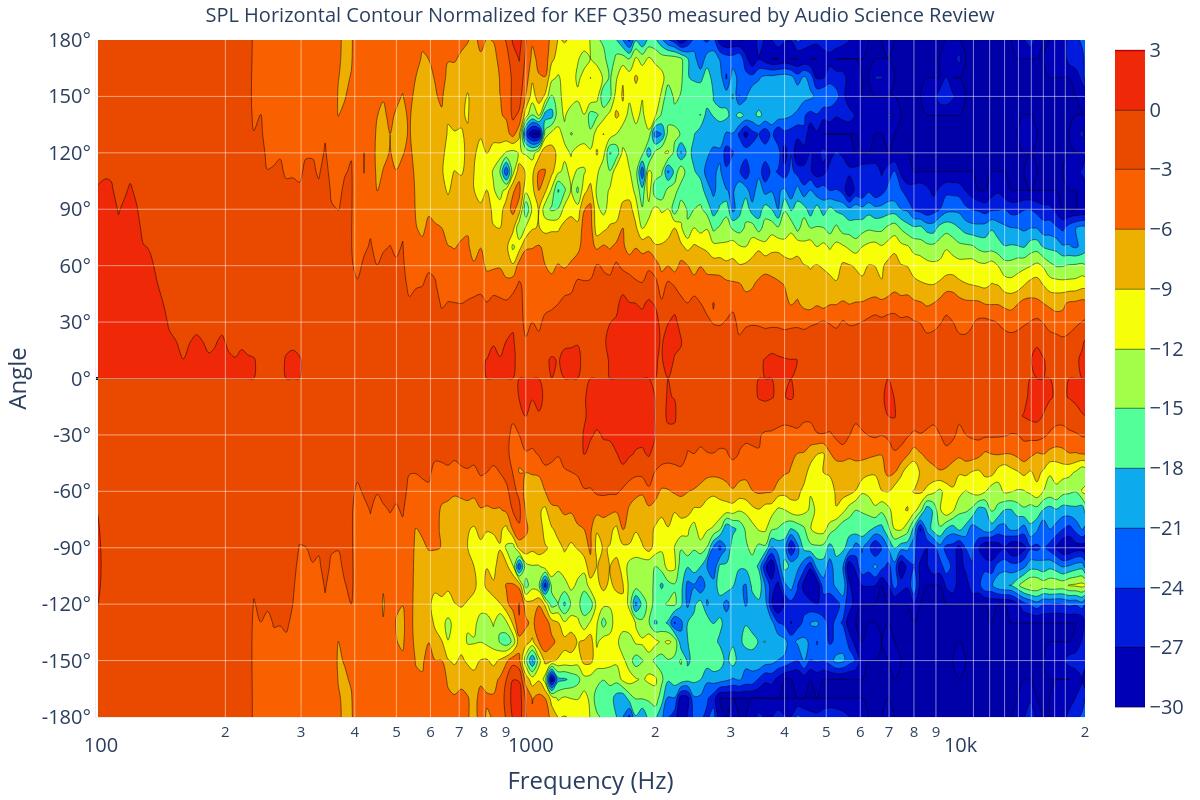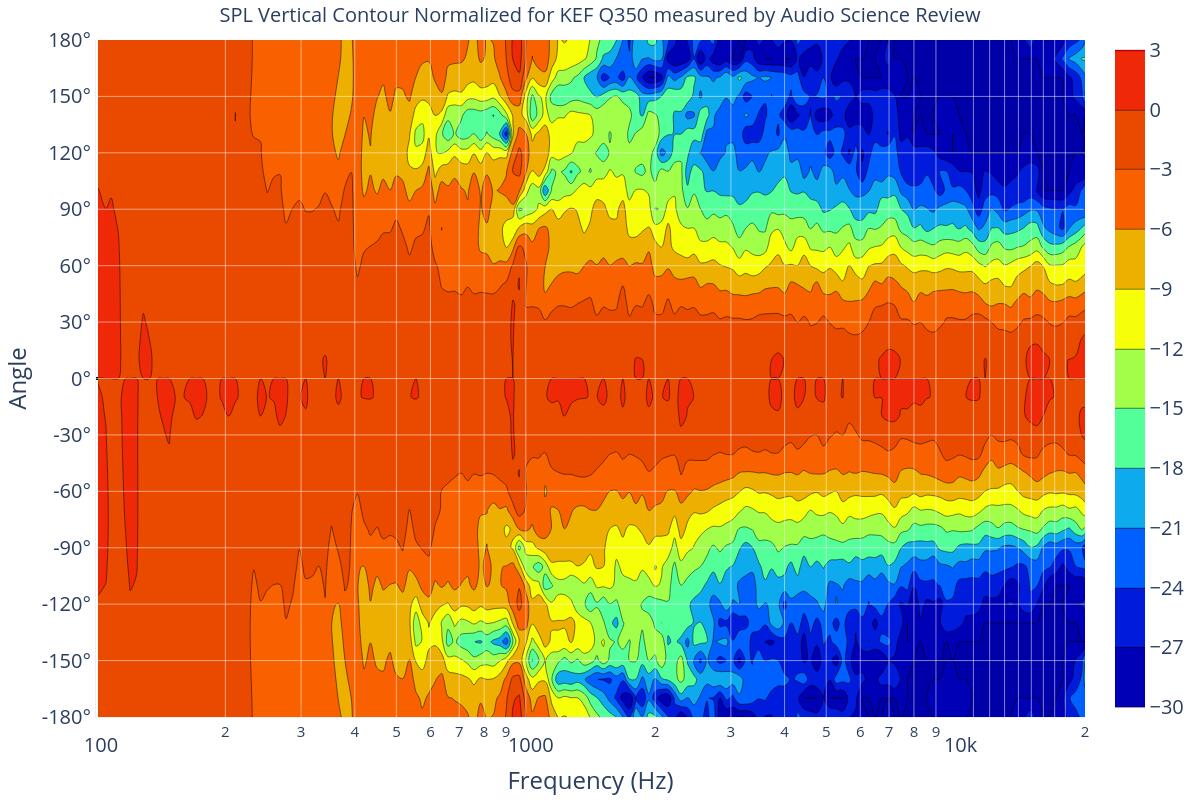Broadband constant directivity is far more important in regards to these attributes. The directivity should be uniform down to at least 500 Hz, preferably both horizontally and vertically. Remaining the directivity very high in frequency is less important, though wide dispersion in the highs can attribute to better 3D experience. But something like the use of uBAACH will yield better 3D than anything else IMO.
Besides broadband constant directivity, a vertical direcitivty that minimizes floor and ceiling reflections is a great advantage.
Of course, one can treat the surfaces acoustically and get closer too, but it'a always and advantage to start with a good speaker design.
In regards to the coaxial design. I have tested many coxial drivers over the years. First of all, none of them have been truly time aligned and which leads to both comb filtering and lobing unless one adds delay. Therefore I would never recommend a coxial speaker with a passive crossover between the two drivers. And comb filtering and frequency deviations will still happen to most of them because the two will interefere with each other. Secondly, I have found that almost all coxial designs suffer from a bit high intermodulation distortion. And apart from one, I found all lacking in openness, detail and clarity. This makes them sound more like "good hifi" vs being able to portrait an illusion of real instrument and vocals.
So the design isn't without compromises, though the vertical directivity is obviously better than a speaker with a crossover in the presence area combined with spacing between the drivers. The latter is not really good either.
Besides broadband constant directivity, a vertical direcitivty that minimizes floor and ceiling reflections is a great advantage.
Of course, one can treat the surfaces acoustically and get closer too, but it'a always and advantage to start with a good speaker design.
In regards to the coaxial design. I have tested many coxial drivers over the years. First of all, none of them have been truly time aligned and which leads to both comb filtering and lobing unless one adds delay. Therefore I would never recommend a coxial speaker with a passive crossover between the two drivers. And comb filtering and frequency deviations will still happen to most of them because the two will interefere with each other. Secondly, I have found that almost all coxial designs suffer from a bit high intermodulation distortion. And apart from one, I found all lacking in openness, detail and clarity. This makes them sound more like "good hifi" vs being able to portrait an illusion of real instrument and vocals.
So the design isn't without compromises, though the vertical directivity is obviously better than a speaker with a crossover in the presence area combined with spacing between the drivers. The latter is not really good either.



